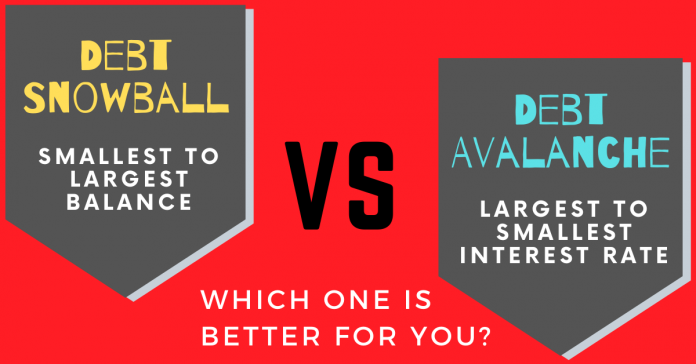Debts planned properly, can result in financial advantages. It is important to plan a strategy for paying off debts by considering the principal amount and interests. Adopt a systematic strategy that harmonizes your needs, but also make certain lifestyle changes to be able to manage finances and be debt-free. In an ideal scenario, all your EMIs and outstanding amounts should be one-third of your income.
The COVID19 pandemic has crippled the economy resulting in a sudden halt of economic activities, unemployment, salary cuts, operational hindrances, and has altogether put the borrowers in the spotlight. This financial crunch increases the chances of falling into a debt trap. As noted by debt counselors, in most cases the borrowers spend greatly on credit cards and then kept paying only the bare minimum, this can lead to financial disaster and a vicious cycle of a debt trap.
To rise from the economic crunch, one has to plan and strategize the repayment arrangement. First and foremost, evaluate the total debt and rank them according to interest rates and outstanding amounts.
Avalanche strategy
The borrower ranks debt by the interest rate from the highest to the lowest and sets aside more funds to the debt with the highest interest rate, and pay the minimum to settle other debts. Once the debt with the highest loan is cleared off, move on to the next one. Usually, the interest rate on credit card debt is the highest and the rate charged can be as high as 43% annually. Thus, pay off the credit card dues first.
Then the focus should be to pay off personal and consumer durable loans that have interest up to 24% and then the auto loans. Once you pay off one debt, immediately allocate the money to the next pile of debt. The purpose behind paying off the debt with the highest interest rate is that it reduces the interest outflow.
SNOWBALL METHOD
This strategy focuses more on the psychology of debt repayment. The borrower chooses the debt that has the lowest outstanding amount first, irrespective of interest rates. Allocate most of the resources to repay this loan, while paying the bare minimum due on other loans. This will bring about a sense of progress and will keep you motivated to pay up other debt that has piled up. However, there is a disadvantage as the overall debt would not decrease if the loan with the higher interest rate keeps inflating. This can lead to a lot of frustration as the borrower realizes that a major part of the overall debt is still outstanding.
Another way to tackle debt is to combine the two strategies to repay your debt, as to how the situation demands. The combination is called the blizzard method. To start with, clear the smallest dues and once you feel motivated, target the loan repayment that has the highest interest rate. It is also recommended to unlock some assets and investments for liquidity and also postpone non-essential purchases not only while clearing off debt but also as a general habit.

